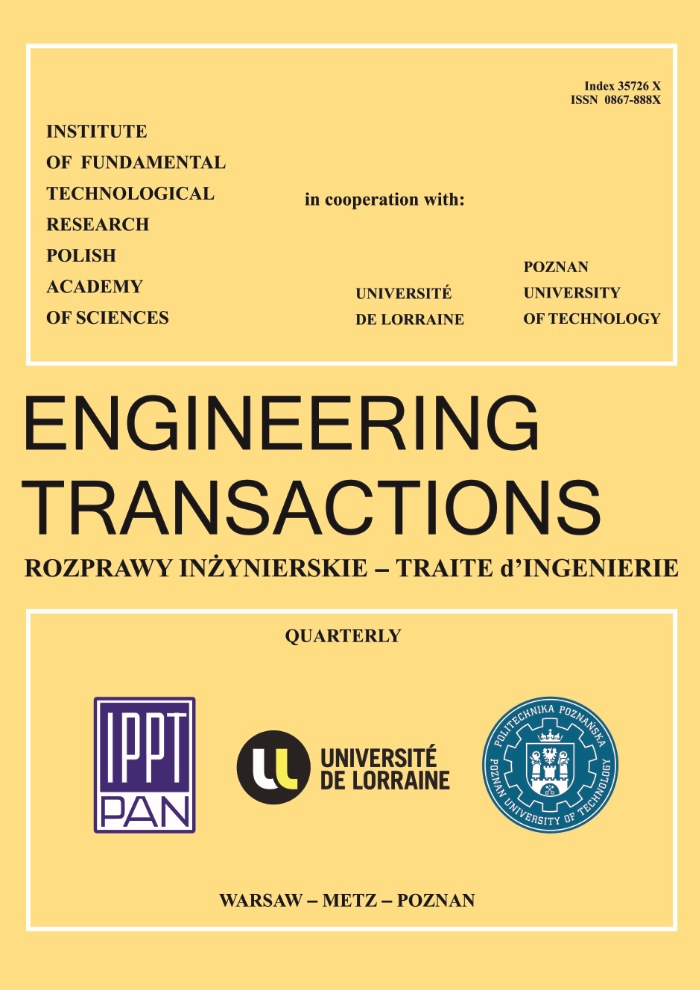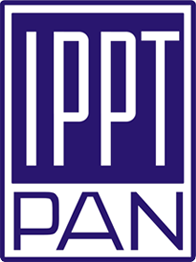Methodology for Comparison of Hydrocode Modelling with Experiment for Split Hopkinson Pressure Bar (SHPB) Testing of Soft Materials
Abstract
The objective of this work is to develop a technique for reliable comparison of simulations with SHPB data in order to validate material models for “soft” materials such as polymers. Comparison with an output stress-strain curve is not sufficient since there are many assump- tions built into this analysis. Primarily these concern the notion that the specimen is in stress equilibrium and volume is conserved. The problem is that the choice of material model for the specimen in the simulation dictates how and when the specimen attains stress equilibrium. The main methodology is based on comparing the simulations with the raw strain gauge data on the input and output bars, which makes no assumptions about stress equilibrium. However, one has to account for the well documented Pochhammer-Chree oscillations and their effect on the specimen.References
1. H. Kolsky, An Investigation of the Mechanical Properties of Materials at Very High Rates of Loading, Proc. Phys. Soc. Lond., B62, 676–700, 1949.
2. G. Gray, High Strain Rate Testing of Materials: Split Hopkinson Pressure Bar, LANL report LA-UR-97-4419, 1997, Los Alamos, USA.
3. D. Porter, Group Interaction of Polymer Properties, Marcel Dekker, New York, 1995.
4. R. Cornish, D. Porter, P. Church, P. Gould, T. Andrews, B. Proud, D. Drodge, C. Siviour, Comparison of Porter-Gould Constitutive model with Compression Test Data for HTPB/Sugar, APS conference, Hawaii, 2007.
2. G. Gray, High Strain Rate Testing of Materials: Split Hopkinson Pressure Bar, LANL report LA-UR-97-4419, 1997, Los Alamos, USA.
3. D. Porter, Group Interaction of Polymer Properties, Marcel Dekker, New York, 1995.
4. R. Cornish, D. Porter, P. Church, P. Gould, T. Andrews, B. Proud, D. Drodge, C. Siviour, Comparison of Porter-Gould Constitutive model with Compression Test Data for HTPB/Sugar, APS conference, Hawaii, 2007.






